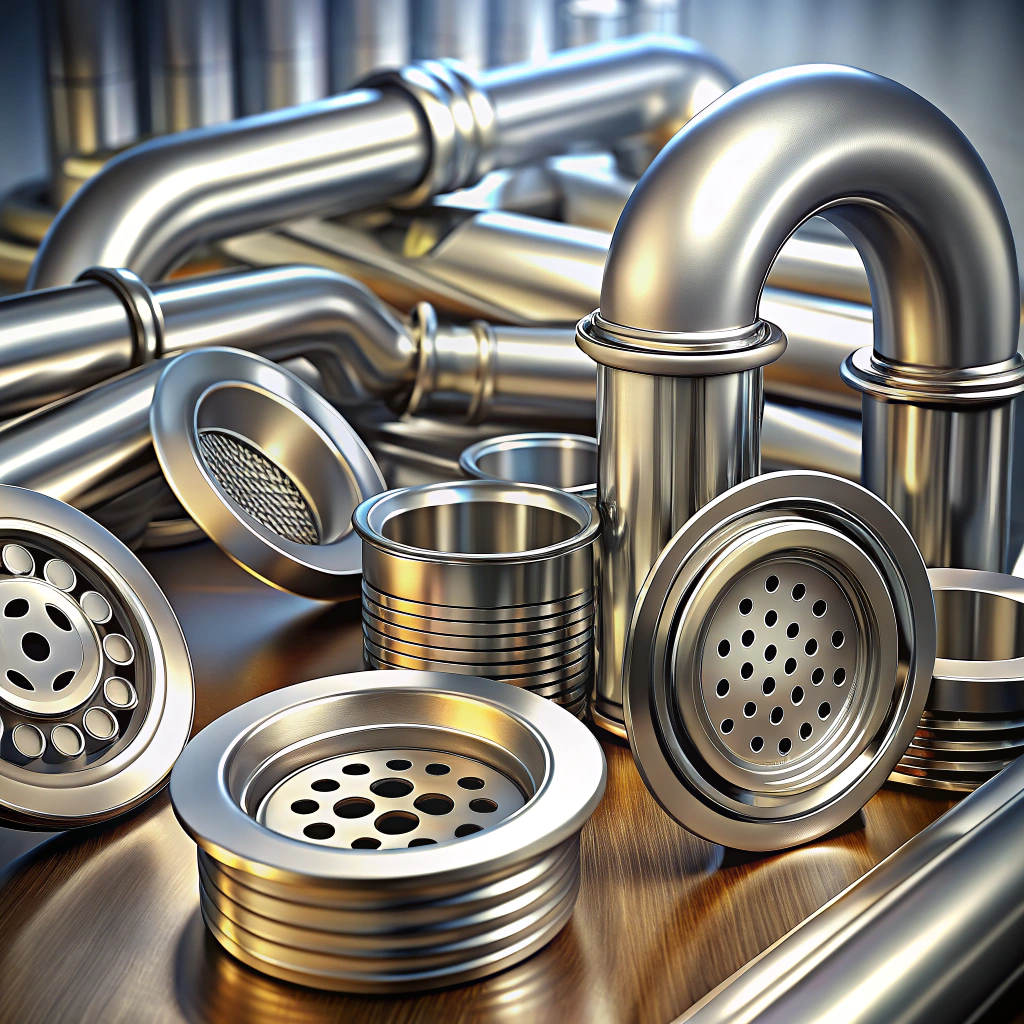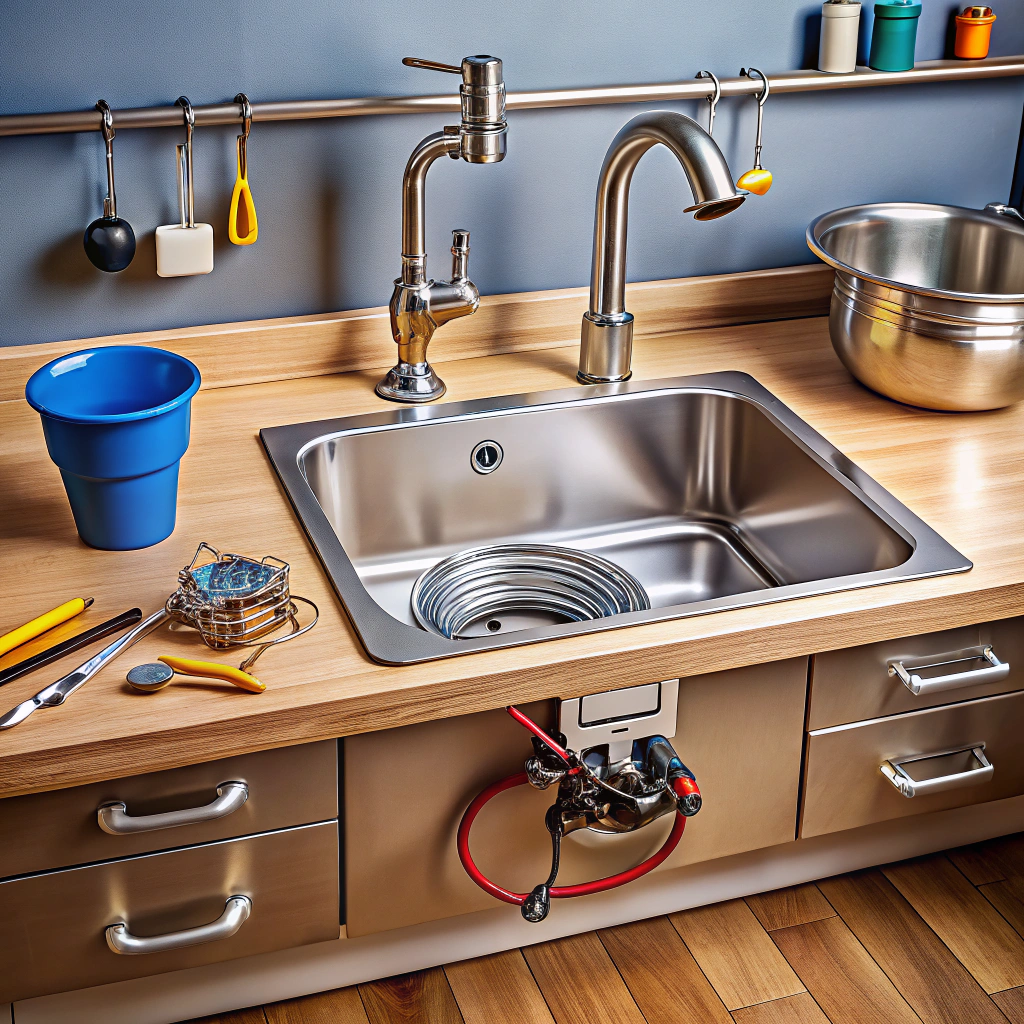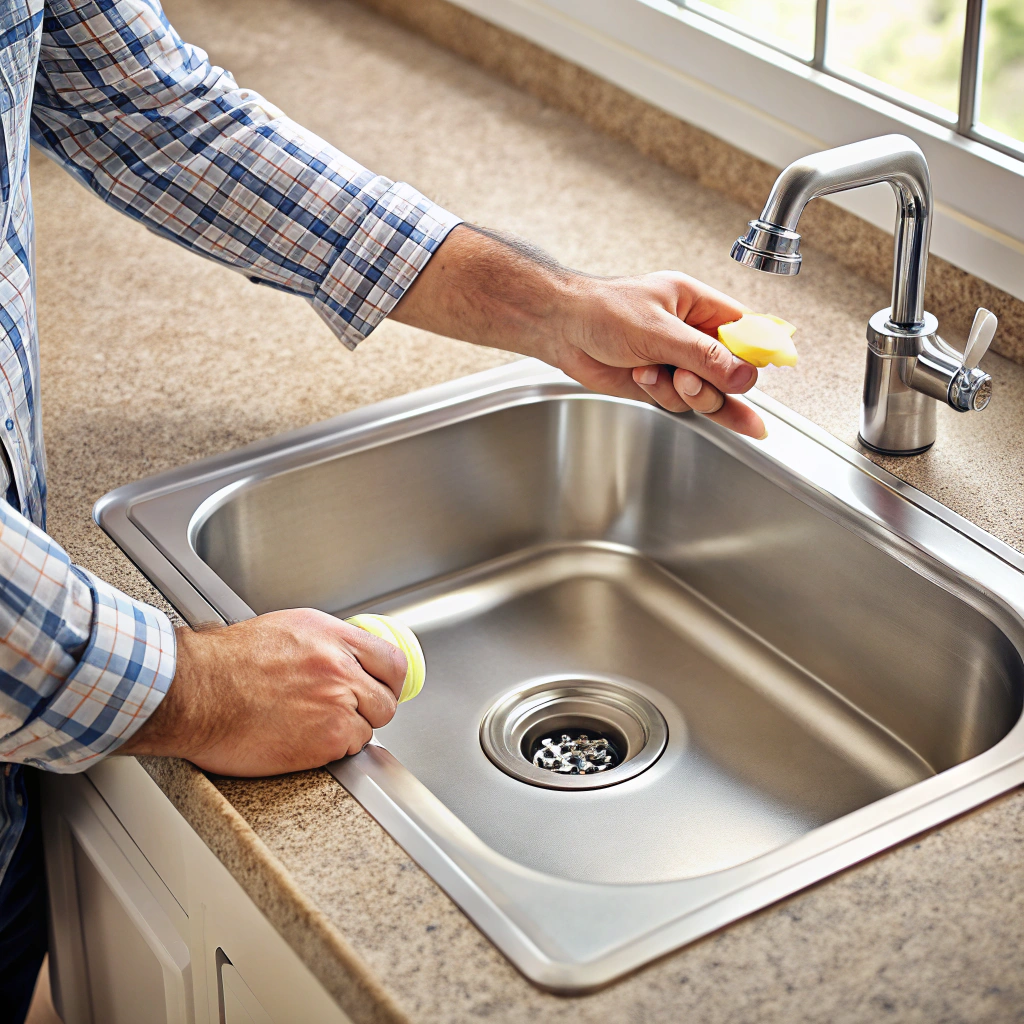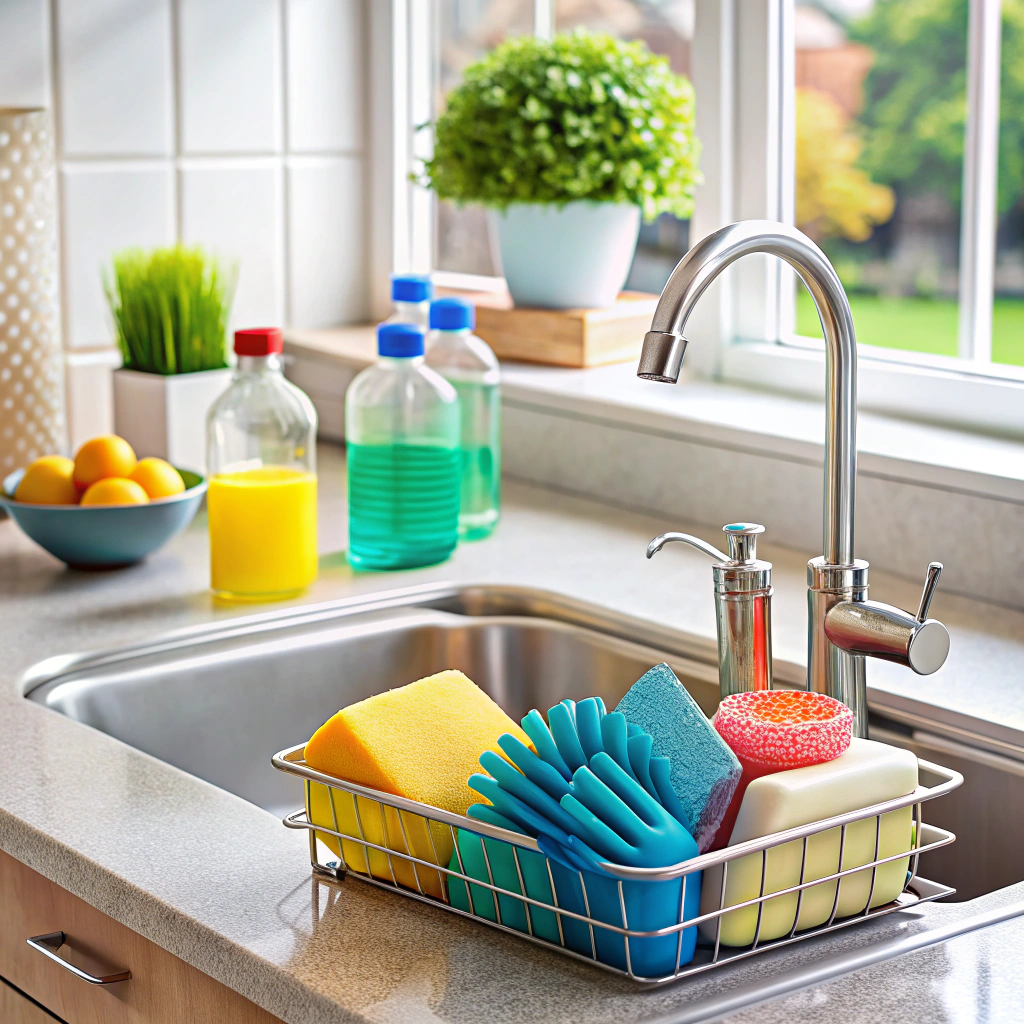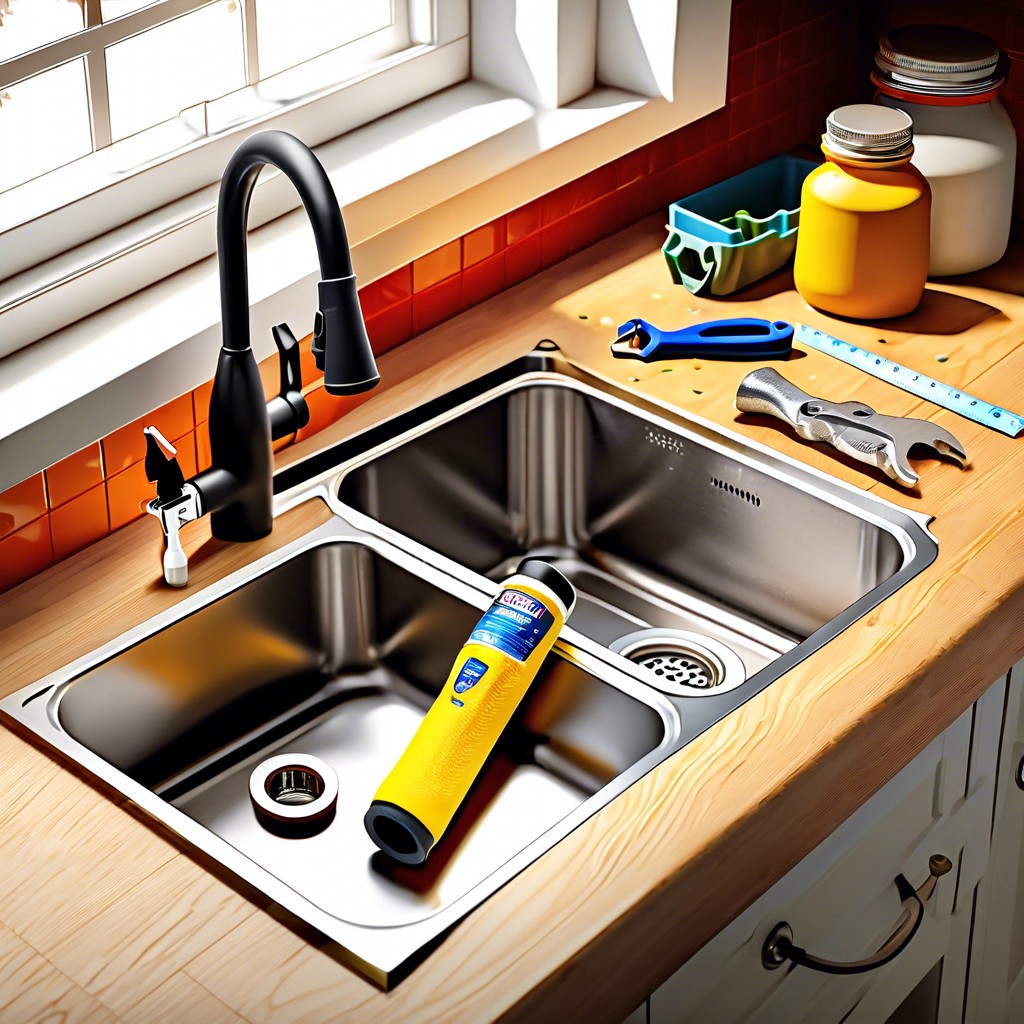Last updated on
Discover practical tips for replacing your kitchen faucet and understand the factors influencing the costs.
Key takeaways:
- Faucet type, material, and finish impact replacement cost.
- Pull-down, pull-out, single-handle, and touchless faucets vary in price.
- Stainless steel and chrome are affordable and durable options.
- Brand reputation affects cost, but lesser-known brands can offer value.
- Labor costs range from to 0 per hour, consider complexity.
What's Inside
Cost Factors Influencing Kitchen Faucet Replacement
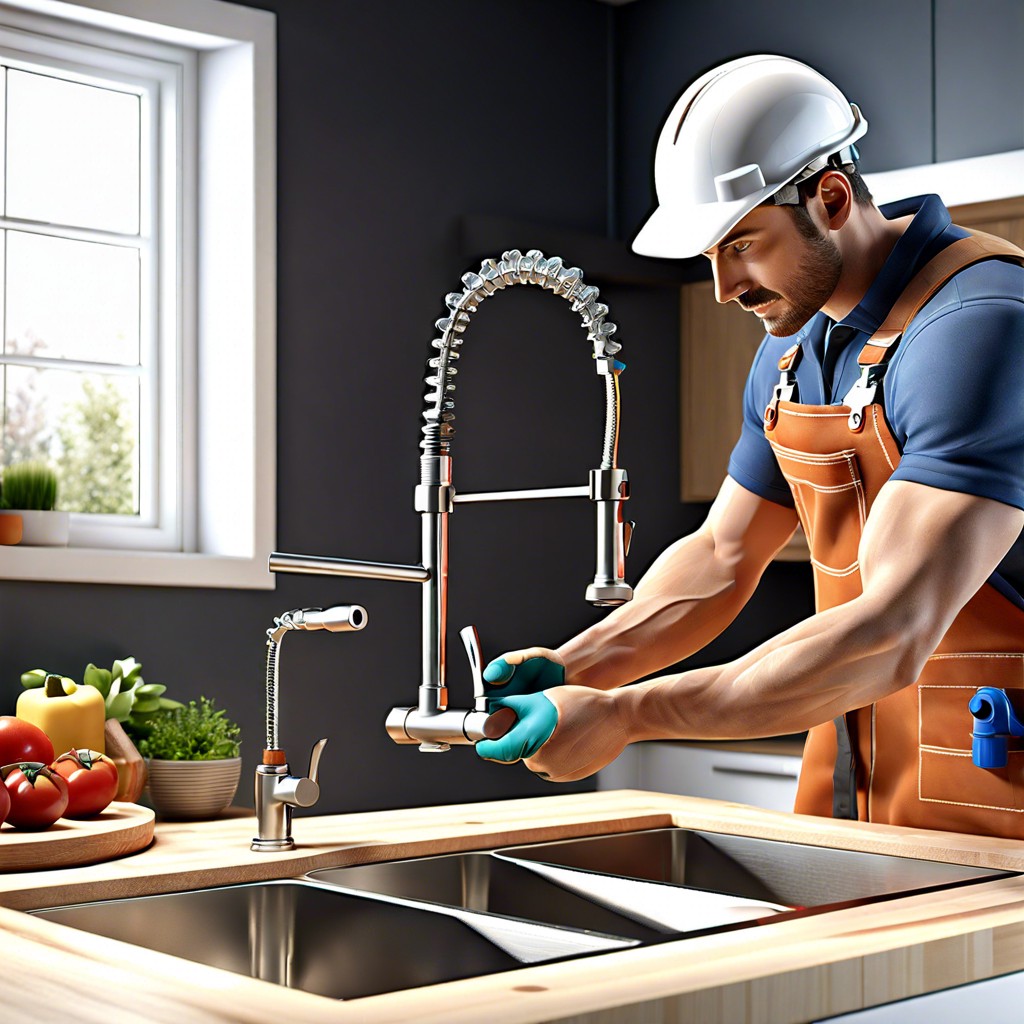
When considering the replacement of a kitchen faucet, it’s important to understand that costs can vary widely based on several factors. Initially, the selection hinges on the faucet type. Whether you opt for a pull-down, pull-out, single-handle, or a faucet with advanced features like touch or motion sensors, each choice directly impacts your budget.
Material and finish also play crucial roles in determining the price. Common materials include chrome, stainless steel, and bronze, each carrying a different price tag and durability level. Faucets with a brushed or matte finish may add to the cost but often provide a modern touch and hide water spots and fingerprints better than their glossy counterparts.
Brand and quality can’t be overlooked, as they signify the faucet’s longevity and reliability. Luxury brands often feature higher prices due to their reputation and the quality of the materials used. On the flip side, less expensive options may not offer the same level of quality but can be a good choice for those with a constrained budget. Choosing a well-reviewed mid-range brand can strike a balance between cost and quality, offering better value in the long run.
Types of Kitchen Faucets
The variety of kitchen faucets on the market is extensive, with each model offering different features and designs that can impact the replacement cost.
Pull-down faucets, for instance, boast a high-arc spout with a spray head that pulls down straight into the sink. They are incredibly practical for rinsing and washing, but they can be on the pricier side due to their convenience factor.
Pull-out faucets come with a lower profile, and their spray head pulls out towards you, making them ideal for kitchens with limited overhead space. Often, these may be less expensive than pull-down models but still provide significant flexibility.
Single-handle faucets offer simplicity and ease of use—you’ll find them to be a cost-effective choice that still delivers sleek design and functionality. The integration of both temperature and flow control into one handle can mean a lower price point and potentially less installation complexity.
Two-handle faucets, featuring separate handles for hot and cold water, give you more precise temperature control. They can range in price depending on the complexity of the design, generally costing a bit more due to the additional parts.
Finally, hands-free or touchless kitchen faucets are at the forefront of convenience and hygiene. A sensor allows you to start the flow of water without touch, which is a modern feature that typically hikes up the price.
Remember, the fancier the features and the more intricate the design, the higher the cost is likely to be. When planning for replacement, consider how each type aligns with your needs, as well as your budget.
Material and Finish of the Faucet
The choice of material and finish not only impacts the aesthetic appeal of your kitchen faucet but also plays a significant role in determining the replacement cost. Here are some points to consider:
Stainless steel and chrome are common materials, known for their durability and resistance to corrosion. They typically fall into the mid-range price category. For a blend of affordability and practicality, these options are hard to beat.
Bronze and nickel finishes offer a more traditional look and can add a touch of elegance to your kitchen. They often carry a higher price tag due to the intricate manufacturing processes involved.
On the upper end of the spectrum, high-end materials like copper present a unique patina over time. While copper faucets deliver a distinct style, be prepared for a larger investment with these premium materials.
Remember, the finish isn’t just about looks. Some, like brushed or satin finishes, do a better job at hiding fingerprints and water spots, saving you cleaning time.
Lastly, certain finishes have protective coatings to enhance durability. A faucet with this type of coating may cost more upfront but can be more cost-effective in the long run due to lower maintenance requirements.
Brand and Quality
When it comes to faucets, brand recognition often aligns with a legacy of quality and reliability. Household names like Moen, Delta, and Kohler are renowned for their commitment to craftsmanship, which can translate to a higher price tag. It’s not just about the name, however; these brands have earned their reputation through robust warranties, availability of replacement parts, and responsive customer service.
Yet, an upmarket brand isn’t the only hallmark of quality. Lesser-known brands sometimes offer exceptional value without cutting corners on durability. They can provide high-grade features such as ceramic disc valves and corrosion-resistant finishes at a more palatable price point.
Understanding build quality is vital, too. A faucet that feels substantial likely contains more metal in its construction and could indicate superior quality. Conversely, a lighter faucet might rely more on plastic components, which could affect longevity.
Ultimately, a faucet should align with your expectations for performance and lifespan. More expensive models can offer advanced features like touchless operation or water efficiency, which promise convenience and long-term savings. Assess if these innovations justify the additional outlay based on your needs and usage patterns. Remember, the initial investment in a faucet is part of its lifetime cost; spreading a higher cost over many years of trouble-free use may actually prove economical.
Labor Cost Considerations for Faucet Replacement
Understanding labor costs is pivotal when replacing your kitchen faucet. Rates for a professional plumber can vary significantly based on geography. In general, you can expect an hourly rate ranging from $45 to $200, influenced by regional cost of living and the plumber’s experience level.
When scheduling the installation, also consider the time complexity of the job. A straightforward replacement without complications might take 1-2 hours. However, if your new faucet necessitates modifications to your existing plumbing, this could extend the time and, consequently, the cost.
Always remember to ask if the professional’s quote includes additional expenses such as service call fees, which cover the plumber’s time to travel and assess the project. Some plumbers may also offer flat rates for simple replacements, providing a clear, upfront cost. It’s advisable to secure a detailed estimate beforehand to avoid unexpected charges.
Lastly, while comparing quotes from different professionals, don’t just go for the lowest bid. Investigate their credentials and customer reviews. A slightly higher rate might provide you with a more reliable and experienced professional, potentially saving you money in the long run due to fewer complications and a better installation.
